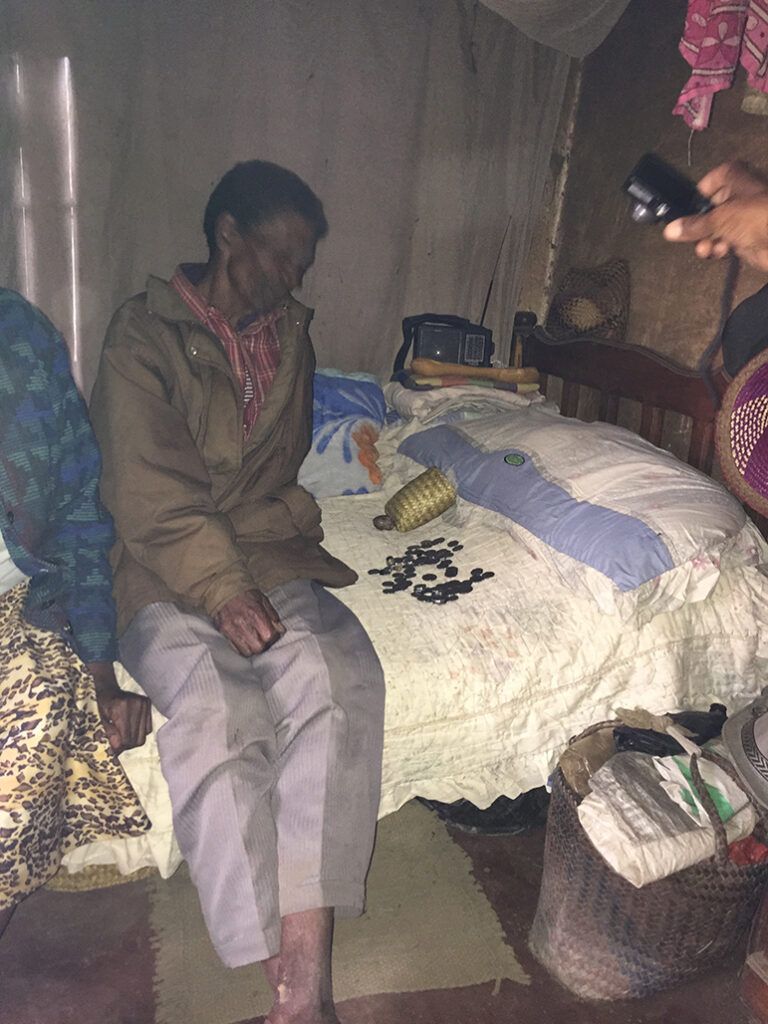
Abstract
Zoonosis calls for a multispecies approach to medical semiotics, a method involving the decipherment of outward symptoms and the construction of narrative. In Madagascar, early detection of bubonic plague outbreaks relies on sightings of sick and dead rats. However, people most vulnerable to plague often do not perceive warning signs, and plague symptoms do not always present in rat and human bodies. In August 2015, a plague outbreak killed 10 residents of a rural hamlet in the central highlands. To reconstruct the transmission chain, scientists elicited survivors’ memories of dead rats in the vicinity. Not only were these clues imperceptible to most, but residents had also constructed an alternative outbreak narrative based on different evidence. Stark health disparities, a lack of historical memory of the plague, and genetic adaptations of rats and plague bacteria have created a problem of “semiotic cluelessness” that complicates outbreak control measures and increases mortality.